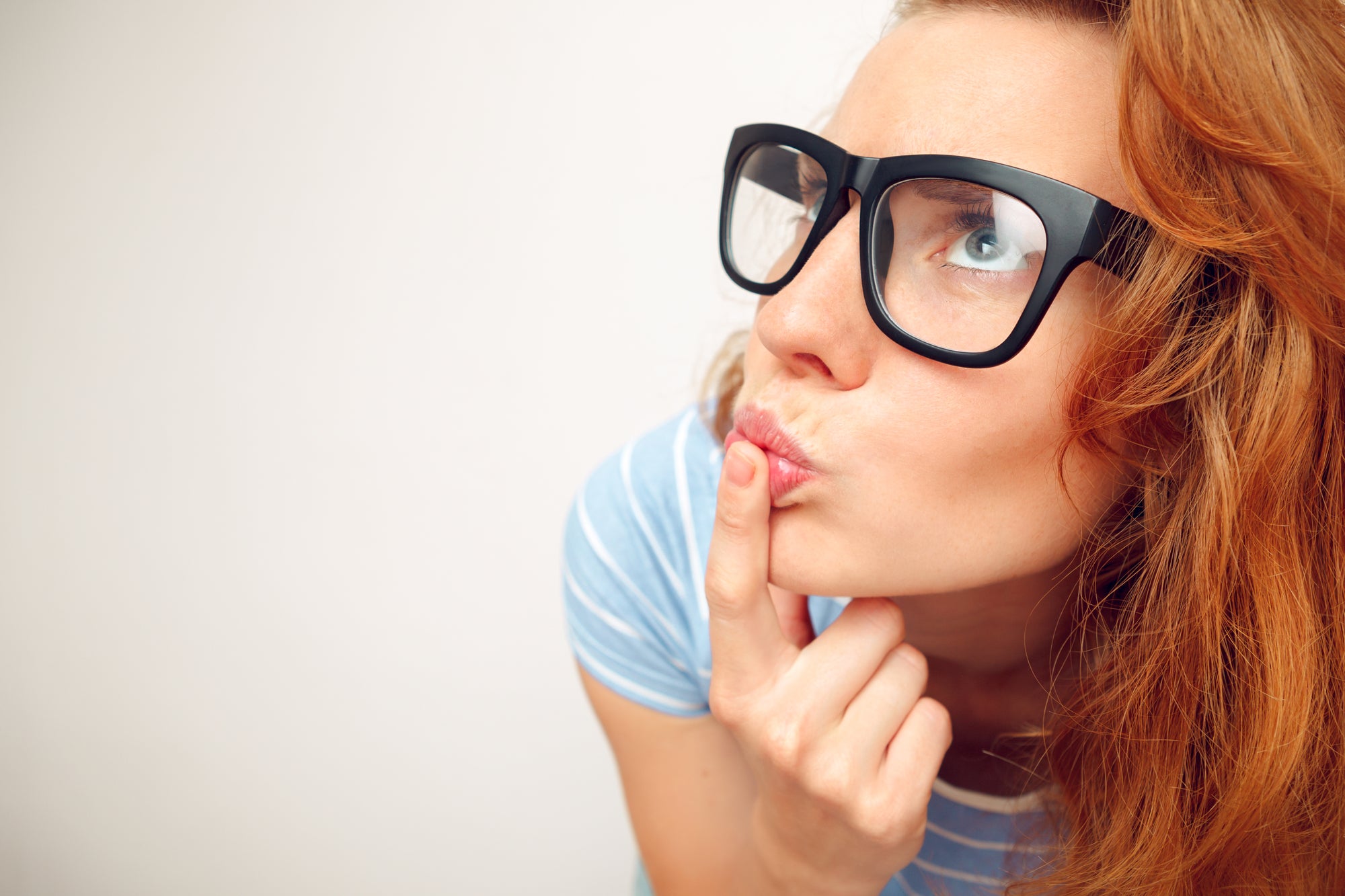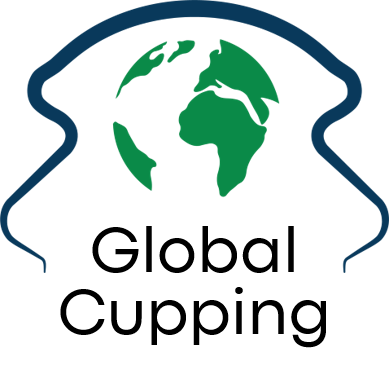Frequently Asked Questions
Contenu réductible

What is Cupping Therapy?
Cupping Therapy, also known as Myofascial Decompression, can be traced back to ancient Egyptian, Chinese, and Middle Eastern cultures. It’s been described as one of the oldest treatment interventions, and its history dates back to 1500 B.C.
In ancient Chinese medicine, people used it for lung conditions, fever and other ailments. Today, practitioners use it for pain relief and musculoskeletal injuries like strains, sprains and back injuries.
What is the point to Cupping?
Cupping is the application of a vacuum (negative pressure) through a hollow vessel (cup) to the body. This negative pressure pulls the tissue into the cup to gain a response from the tissues themselves (skin, connective tissue, muscles, ligaments and joints), the circulatory system, nervous system and fascia system to create a positive therapeutic outcome.
Cupping helps with pain, inflammation, blood flow, relaxation and well-being, and is often referred to as a reverse type of deep-tissue massage.
Doesn't sound too scary does it??
What does Cupping actually DO?
The mechanical effect of cupping increases local blood flow and stretches the underlying tissue.
According to a 2018 review, the effects of cupping therapy include:
- promoting the skin’s blood flow
- changing the skin’s biomechanical properties
- increasing pain thresholds
- improving local anaerobic (without oxygen) metabolism
- reducing inflammation
- boosting cellular immunity
What conditions can Cupping treat?
Cupping has been used to treat a wide variety of conditions and is particularly effective at easing conditions that create muscle aches and pains.
Cupping Therapy may help with the following conditions, among others:
- lower back pain
- neck and shoulder pain
- headaches and migraines
- knee pain
- facial paralysis
- lumbar disc herniation
- cervical spondylosis
- brachialgia, the pain produced by a trapped nerve in the neck
- carpal tunnel syndrome
- hypertension
- diabetes mellitus
- rheumatoid arthritis
Note that more studies are needed to assess the true effectiveness of Cupping for these conditions.
Does Cupping hurt?
A Cupping treatment should be enjoyable and relaxing and while you may feel some slight discomfort when the cups are first applied, it should not be painful. A slight tugging sensation is good, but if you are feeling pain, the suction is likely too aggressive. This has no therapeutic value and the cups should be removed and re-applied with less suction.
Cupping may cause temporary bruising (known as ecchymosis), swelling or soreness, depending on the person or amount of Cupping treatment done. The marks left behind typically fade after several days or a week.
Some people have reported side effects, including feeling lightheaded or dizzy and experiencing flu-like symptoms, like nausea and body aches.
So what's with the marks?
There is a lot of controversy regarding the "marks" from cupping and what they mean. I'm sure you've seen the popular social media photos of the different colored marks and how they are to be interpreted! In Traditional Chinese Medicine (TCM), the marking is PART of a larger diagnostic protocol and without the bigger diagnostic picture, the color of the marks means next to nothing.
Some argue that they are a bruise, some argue that different marks are telltale signs of conditions, while others argue that it is a symbol of stagnant blood and toxins being pulled out of the system.
Without proper research of what is happening to the capillaries while the cup is on, it is impossible to determine if the blood is being pulled from the capillaries or if the capillaries are being damaged and forming a bruise - so at this time both are possible.
Generally speaking, the marks mean nothing more than the cup was likely left stationary in one place for too long or that the suction level used was too strong.
Cupping only pulls toxins out of the body during Wet Cupping where blood is actually removed from the system.
The goal of Cupping is to mobilize blood flow to promote healing NOT to leave marks.
Does Cupping remove toxins?
From a Western physiology perspective, cupping loosens connective tissue or fascia and increases blood flow to the surface. Cupping also stimulates tissue relaxation and better cell-to-cell communication.
Cupping works by increasing blood flow to the affected area, which then restores healthy, free circulation, creating space for oxygen and nutrients and allowing for faster injury recovery.
So when referring to removing 'toxins' within the body, this is only within the context of the body's circulatory and lymphatic systems properly doing their jobs. The term ‘toxins’ is the collective word used to refer to the collection of contaminated materials including dead blood cells and what is often referred to as 'toxic material' throughout the body.
So...does Cupping remove toxins? NO.
Does Cupping have an effect on the lymphatic and circulatory systems to eliminate the body’s naturally occurring waste products? YES.
What are the actual benefits of Cupping?
Some of the benefits of Cupping include:
- Relieving muscle tension
Improving Range of Motion (ROM) when there is a decrease from injury or condition - Improving blood flow & oxygenation to local tissue sites
- Can help clear inflammation by cupping above & below the site of inflammation (never directly over it!)
- Improving mobility & function in scar tissue
- Improving mobility in fascia restrictions
- Improving conditions in connective tissue such as Plantar Fasciitis
- Calming to superficial pain patterns
- Relieving the issues causing the pain (muscle tension)
Why can't you shower after Cupping?
The instructions to not shower after a Cupping treatment stem from the practice of Wet Cupping - where an incision is made on the skin and a cup is placed over that to draw blood out of the body and into the cup. This is generally only practiced in Traditional Chinese Medicine (TCM) and Middle Eastern styles of Cupping such as Hijama.
Dry Cupping leaves the skin intact and is the only type of cupping that is within the scope of practice for Massage Therapists.
So, can you shower after Cupping? If you have had Dry Cupping, absolutely you can. If you have had Wet Cupping, adequate time should be given for the wounds to heal where blood may have been drawn from the skin.
Who should not get Cupping?
Even though it is considered safe, Cupping isn’t for everyone. It is not recommended for people with liver, kidney or heart failure or those with a pacemaker. As well, it can’t be used if you have hemophilia, anemia or similar blood disorders, heart disease or are on blood thinners.
If pregnant, it is advised to avoid Cupping to lower and upper abdomen. Some resources indicate that Cupping on the lower back can be done up until the sixth month of pregnancy using ONLY light or medium dynamic cupping or gliding/sliding cupping methods.
If there is suspicion of an infection or an open wound, Cupping should not be performed.
For a full outline on the Contraindications to Cupping, visit this page of our website: https://globalcupping.com/pages/cupping-safety
What should I do after Cupping?
After a Cupping Therapy treatment it’s important to take some precautions to help minimize the risk of side effects and ensure you get the most benefit from the treatment. Some preventive measures to consider after cupping include:
- Avoid exposing the treated area to extreme temperatures. After Cupping, it’s best to avoid exposing the treated area to extreme temperatures, such as hot showers, saunas, or ice baths. This can help minimize the risk of further irritation or injury to the skin.
- Avoid overexerting yourself. It’s important to avoid any strenuous exercise or activity for at least 24 hours after Cupping. This can help prevent further injury or damage to the treated area and give your body time to heal.
- Abstain from alcohol. It’s best to avoid drinking alcohol for at least 24 hours after Cupping. This can help prevent further inflammation or irritation in the body.
If you experience any unusual or concerning symptoms, such as severe pain, swelling, or infection after Cupping, inform your physician.
What are the different types of cups?
Cupping was originally performed using animal horns. Later, the cups were made from bamboo and then ceramic or glass and the suction was primarily created through the use of heat.
Today, the most popular types of cupping sets are:
- Glass cups - used primarily for Fire and Wet Cupping.
- Silicone cups - used primarily for Massage Cupping.
- Polycarbonate Plastic cups - used primarily for Massage and Wet Cupping.
- Glass and Rubber cups - used primarily for Facial Cupping techniques.
Note that Fire Cupping and Wet Cupping are considered as out of scope for most manual therapy practitioners.

